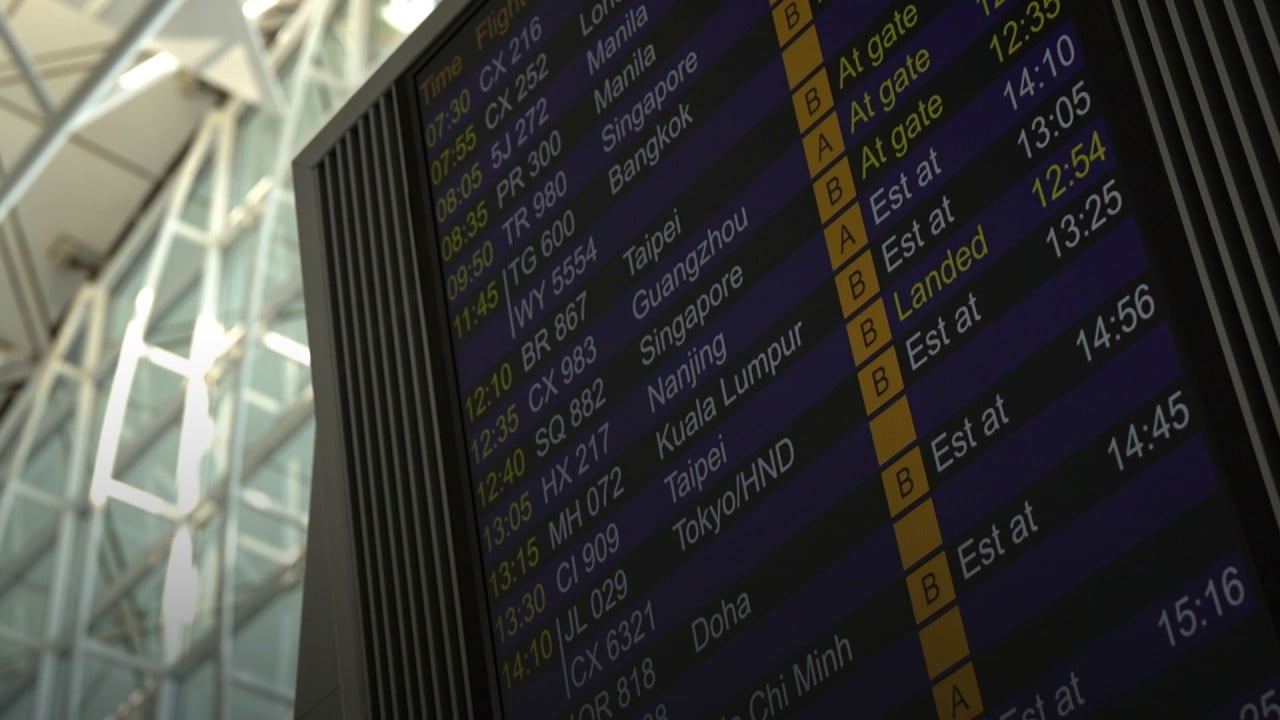COVID-19 Resurgence: Is India Vulnerable After Hong Kong And Singapore Outbreaks?

Table of Contents
India's Vaccination Status and its Impact on Resurgence
Vaccination Coverage and Effectiveness
India's vaccination drive has been a monumental undertaking, but significant disparities remain. While millions have received their primary doses, complete vaccination rates vary considerably across states. Understanding the effectiveness of the vaccines used in India against current and emerging variants is crucial. This includes analyzing their efficacy against variants like Omicron and its subvariants, which have driven recent surges elsewhere.
- Comparison: India's vaccination coverage lags behind that of Hong Kong and Singapore, particularly concerning booster doses. This difference in vaccination rates signifies a higher vulnerability in India to future outbreaks.
- Variant Effectiveness: The effectiveness of vaccines against new variants is constantly evolving. Ongoing research is key to assessing their continued protection and guiding booster strategies.
- Booster Shots: The rollout and uptake of booster shots are critical for maintaining high levels of population immunity and reducing the severity of future infections. The success of booster campaigns directly impacts India's resilience against a COVID-19 resurgence.
Challenges in Vaccine Distribution and Hesitancy
Reaching remote and underserved populations remains a considerable challenge. Logistical hurdles, coupled with vaccine hesitancy driven by misinformation, significantly hamper achieving widespread immunity. Addressing these challenges is paramount to effectively mitigating the risk of a resurgence.
- Barriers to Vaccination: Geographical remoteness, lack of awareness, and distrust in vaccines are key barriers. Addressing these requires targeted public health campaigns and community engagement.
- Government Initiatives: The Indian government has implemented several initiatives to promote vaccination, including awareness campaigns, mobile vaccination units, and outreach programs. The effectiveness of these initiatives needs continuous evaluation and improvement.
- Misinformation: The spread of misinformation about vaccines through social media and other channels actively undermines public health efforts. Combating this requires collaborative efforts between the government, healthcare professionals, and social media platforms.
Healthcare Infrastructure and Preparedness for a COVID-19 Surge
Capacity of Hospitals and Healthcare Workers
India's healthcare system, while significantly improved since the initial COVID-19 wave, faces immense pressure during a surge. Assessing the capacity of hospitals, ICU beds, and the availability of trained healthcare workers is critical for preparedness.
- Infrastructure Comparison: Compared to Hong Kong and Singapore, India's healthcare infrastructure, while improving, still faces significant challenges in terms of bed availability, especially ICU beds per capita.
- Healthcare Worker Strain: The previous waves placed immense strain on healthcare workers. Addressing burnout and ensuring adequate staffing levels are vital for managing a potential resurgence.
- Bottlenecks: Potential bottlenecks include oxygen supply, critical care equipment, and the availability of specialized healthcare professionals. Identifying and addressing these vulnerabilities proactively is crucial.
Testing and Surveillance Systems
Effective testing and surveillance are vital for detecting outbreaks early and implementing timely interventions. India's genomic surveillance program plays a crucial role in identifying emerging variants and informing public health strategies.
- Genomic Surveillance: Strengthening genomic surveillance to quickly identify and characterize new variants is crucial for proactive responses. This helps in tailoring vaccination strategies and implementing targeted interventions.
- Testing and Contact Tracing: Timely testing and robust contact tracing remain essential. Improving efficiency and accessibility of testing, coupled with strengthened contact tracing mechanisms, are critical for effective outbreak management.
- Surveillance Improvements: Investing in advanced surveillance technologies and strengthening data sharing mechanisms can significantly improve India's capacity to respond rapidly to future outbreaks.
Emerging Variants and their Potential Threat to India
Monitoring New Variants
The emergence of new variants globally poses a constant threat. Close monitoring of these variants and their potential impact on India is crucial. This includes evaluating their transmissibility, severity, and resistance to existing vaccines.
- Variants of Concern: Tracking variants of concern (VOCs) and variants of interest (VOIs) globally is paramount. Assessing their potential to spread within India and their impact on vaccine effectiveness guides preparedness strategies.
- Genomic Surveillance Efforts: India’s genomic surveillance efforts play a crucial role in identifying and tracking the emergence of new variants within the country. These efforts must be continuously strengthened and expanded.
- International Travel: International travel can significantly influence the spread of new variants. Implementing effective border health measures is essential to mitigate this risk.
Predicting the Severity of Potential Future Waves
Predicting the severity of future waves is challenging but crucial for effective preparedness. Factors such as population immunity, the characteristics of emerging variants, and seasonal factors influence the scale and impact of future outbreaks.
- Severity Predictions: Modeling potential future waves based on variant characteristics and population immunity levels allows for better resource allocation and proactive planning.
- Influencing Factors: Factors such as population density, climatic conditions, and healthcare access influence the severity of potential outbreaks. Understanding these factors is essential for targeted interventions.
- Seasonal Factors: The role of seasonal factors in the spread of respiratory viruses needs consideration. Understanding seasonal patterns can help predict potential peak periods and guide resource allocation strategies.
Conclusion
The potential for a COVID-19 resurgence in India is a serious concern. Factors like incomplete vaccination coverage, regional disparities, healthcare infrastructure limitations, and the constant threat of emerging variants highlight India's vulnerability. Continued vigilance, proactive measures, and strengthening of healthcare systems are essential to prevent a major COVID-19 resurgence in India. Staying informed about the latest developments, following public health guidelines, and promoting vaccination are crucial individual and collective responsibilities. Addressing the challenges highlighted in this article, and prioritizing pandemic preparedness, will be key to mitigating the risk of a future COVID-19 resurgence in India and ensuring the nation's health security. Let's work together to prevent a COVID-19 resurgence in India.

Featured Posts
-
 Gratis Wohnungen In Deutschland Diese Stadt Sucht Neue Einwohner
May 31, 2025
Gratis Wohnungen In Deutschland Diese Stadt Sucht Neue Einwohner
May 31, 2025 -
 Northern Arkansas A Challenging Environment For Law Enforcement Pursuing Escaped Convicts
May 31, 2025
Northern Arkansas A Challenging Environment For Law Enforcement Pursuing Escaped Convicts
May 31, 2025 -
 An Interview With Molly Jong Fast Reflections On Tomorrow Is A New Day
May 31, 2025
An Interview With Molly Jong Fast Reflections On Tomorrow Is A New Day
May 31, 2025 -
 Saskatchewan Faces Increased Wildfire Risk Amidst Hotter Summer Forecast
May 31, 2025
Saskatchewan Faces Increased Wildfire Risk Amidst Hotter Summer Forecast
May 31, 2025 -
 Building The Good Life Strategies For Sustainable Well Being
May 31, 2025
Building The Good Life Strategies For Sustainable Well Being
May 31, 2025
